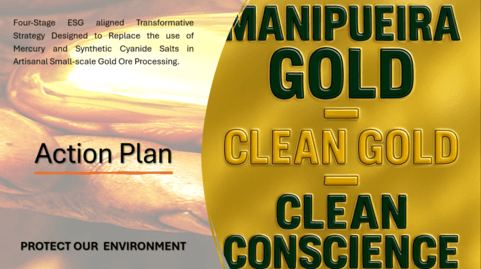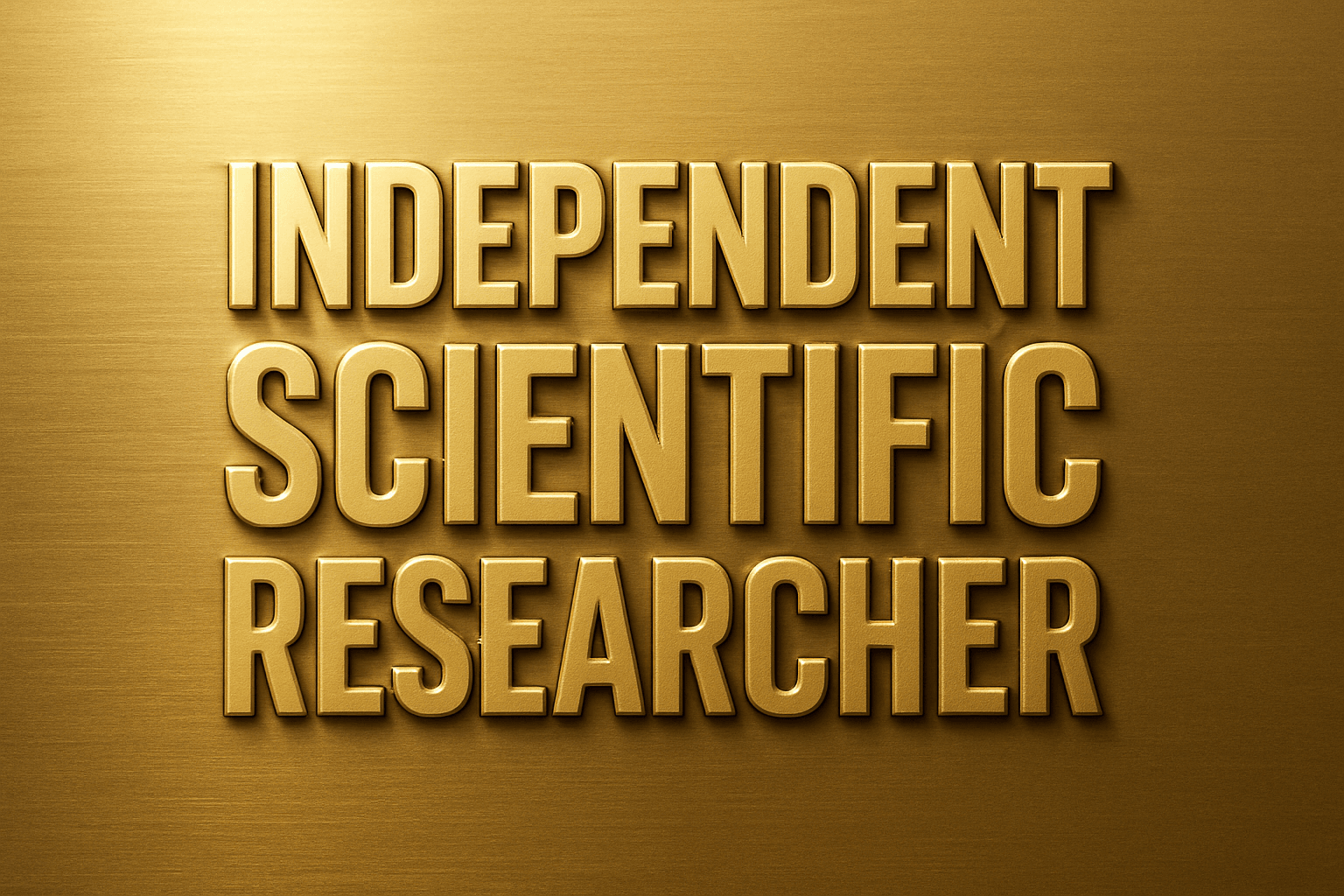The Toxic Relationship Between Gold, Mercury, Artisanal and Small-scale Gold (ASG) Miners, Health Threats, Local and Global Biodiversity Destruction - Costs Revealed.
It is well documented that ~ 15–20 million impoverished artisanal and small-scale gold (ASG) miners worldwide- all largely suspected of having undiagnosed mercury (Hg) poisoning, collectively produce 20 – 25% of the world’s total annual gold (Au) supply valued at ~ USD $30 billion mostly using mercury (UNEP Global Mercury Partnership report, 2023).
However, their reliance on mercury —a potent neurotoxin poses severe risks to human health affecting the digestive, damage to the central nervous system, immune system, pulmonary, and thyroid systems, and leading to neurological conditions such as memory loss, insomnia, tremors, neuromuscular impairment, headaches, and even paralysis according to the World Health Organization (WHO), (Mercury and Health Fact Sheet, 2017).
Manipueira Gold Recovery Technology, Inc. developed a four-stage ESG aligned transformative strategy Action Plan designed to replace the use of mercury- a powerful neurotoxin and synthetic cyanide salts with Manipueira,a toxic agricultural waste by-product from processing the cyanogenic bitter cassava plant proven to recover 99.3% of gold from ore concentrates and 99.6% from mercury-contaminated tailings in just two hours (Marcello M. Veiga & Pariya Torkaman, 2021).
By comparison, mercury is scientifically documented to only recover up to 30% of the ore gold with the rest being lost to tailings wastes (Marcello M. Veiga and Omotayo Fadina, 2020; Marcello M. Veiga et, 2014).
Manipueira, creates a cleaner, safer, and more sustainable future for gold recovery.
The use of Manipueira in artisanal small-scale gold ASG ore processing scaleable to large-scale gold (LSG) extraction enables safer, more efficient, and environmentally responsible gold recovery.
Click to: Continue Reading

